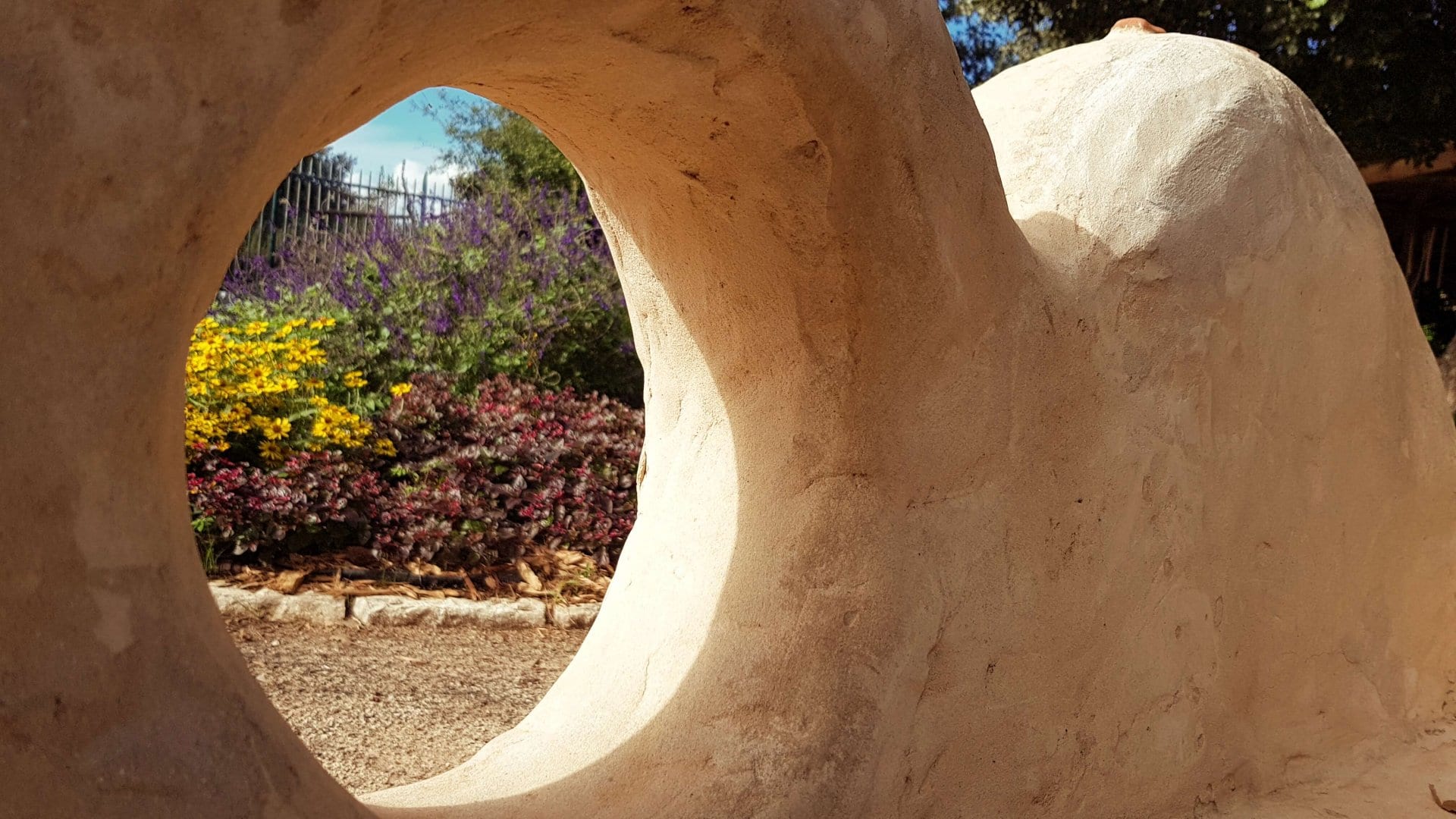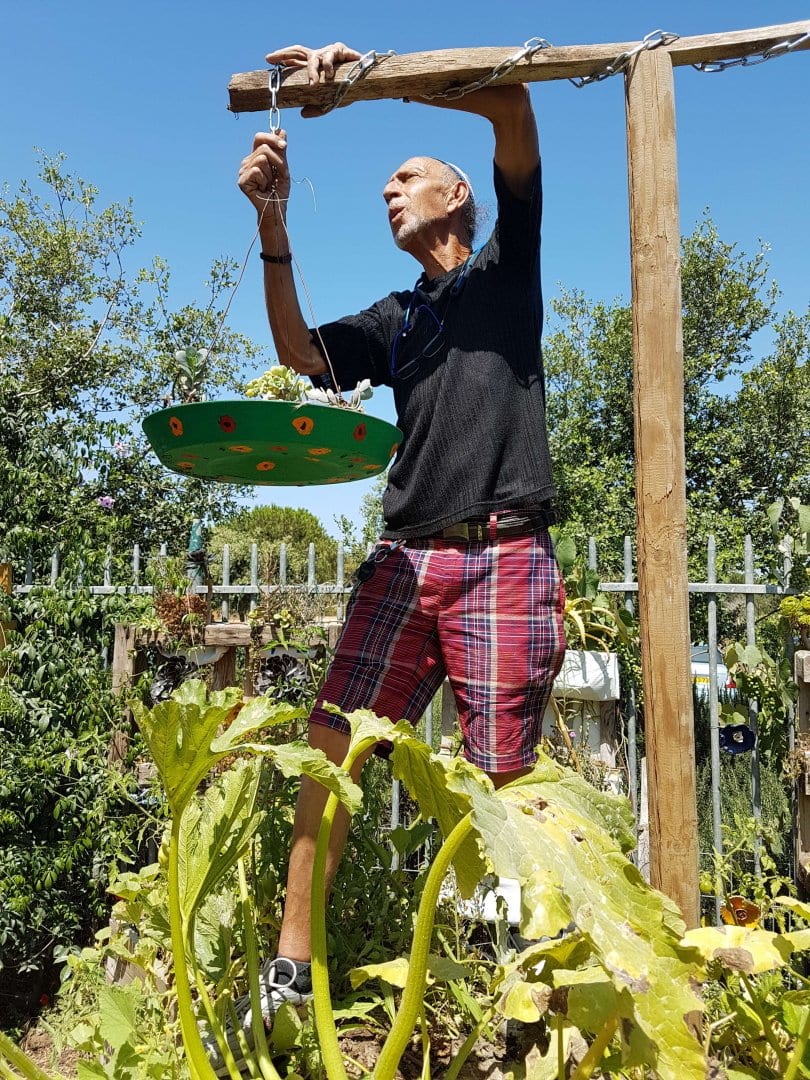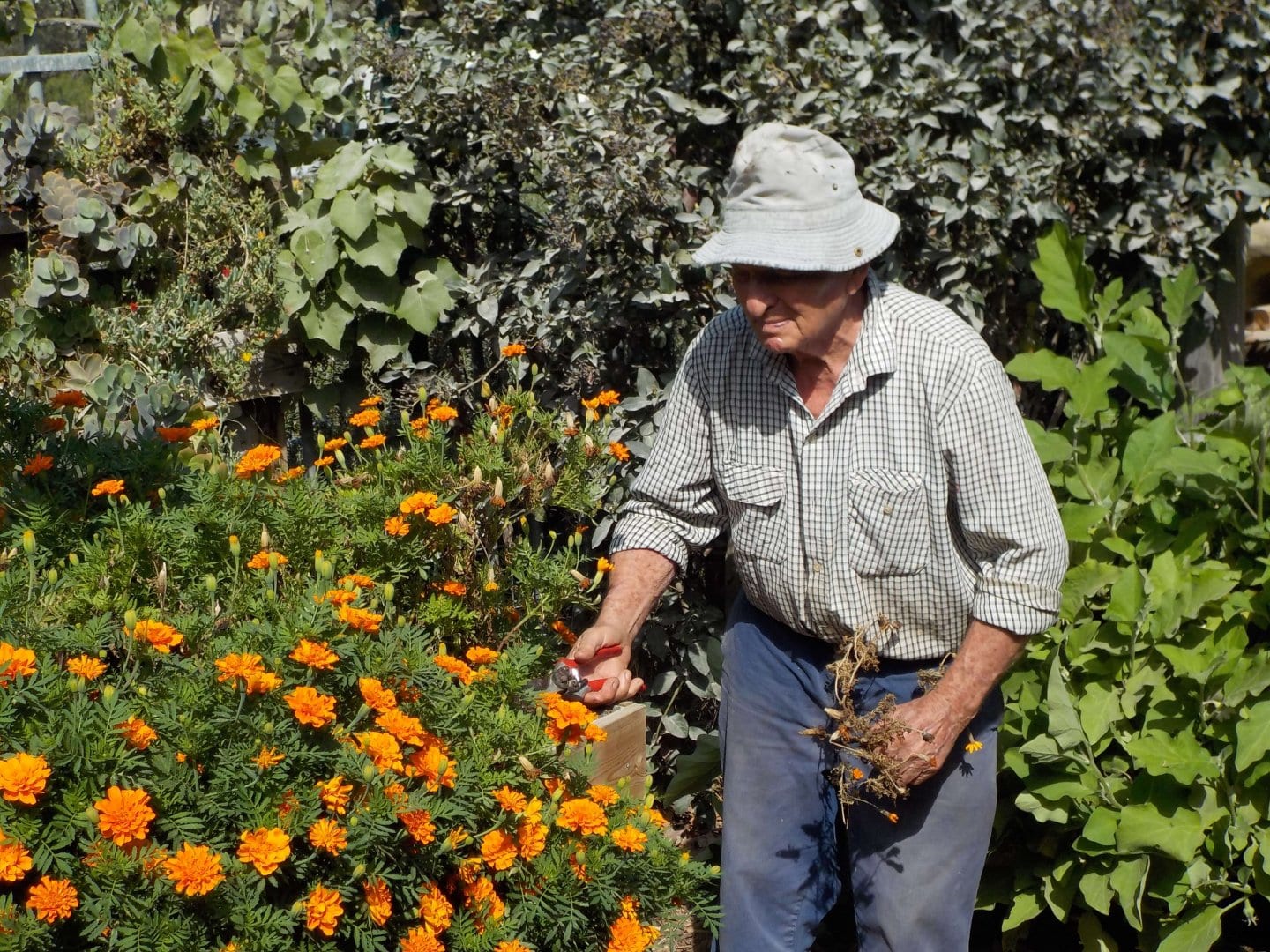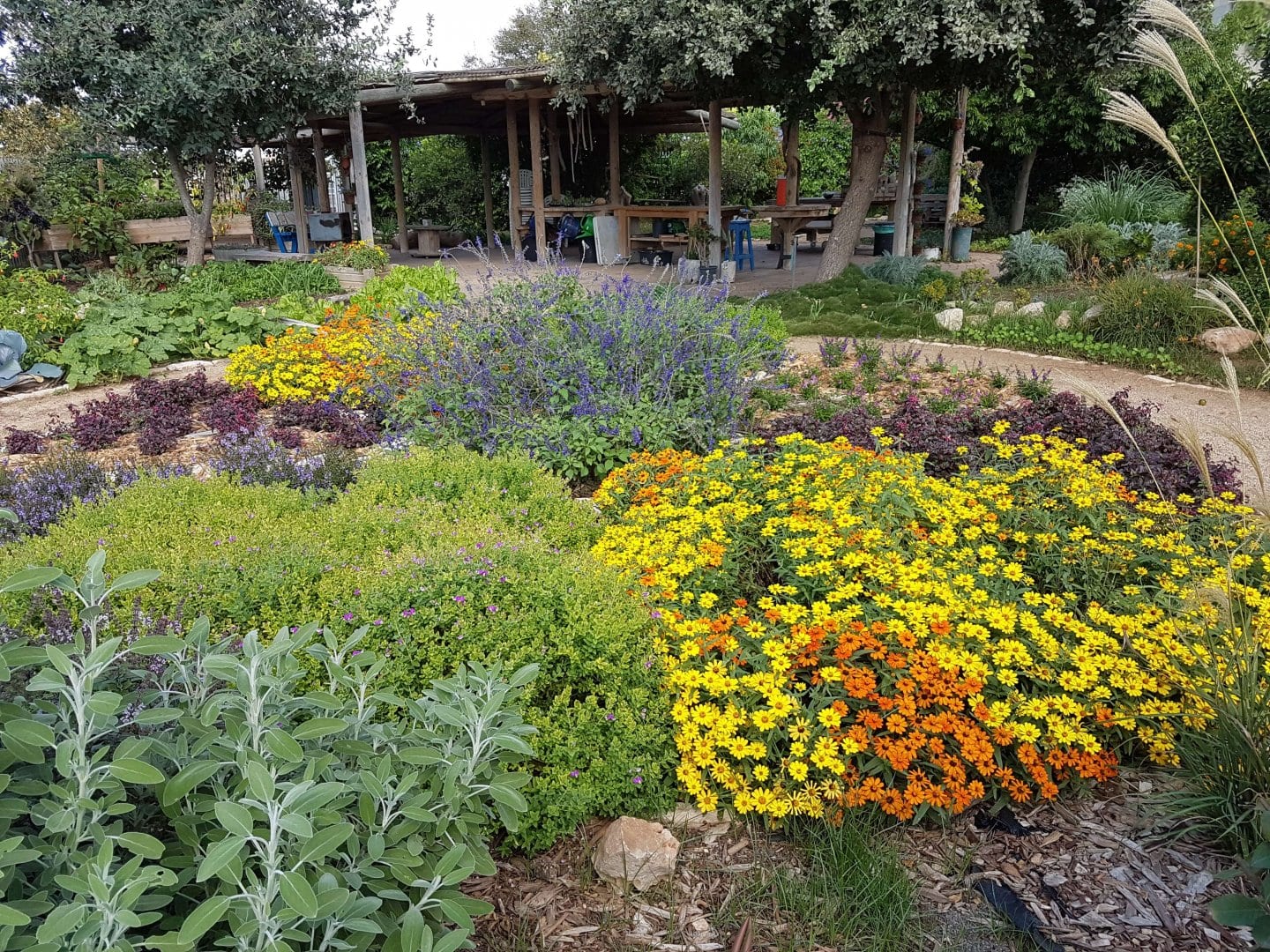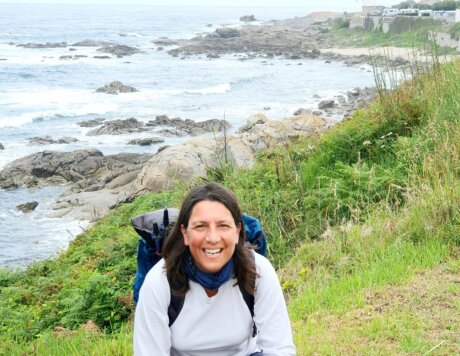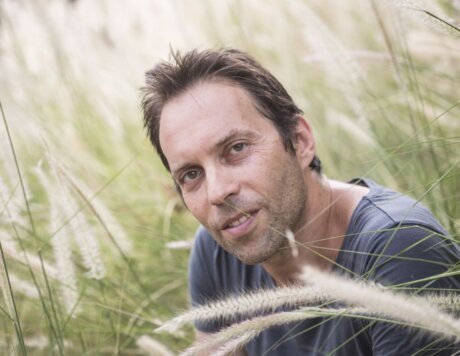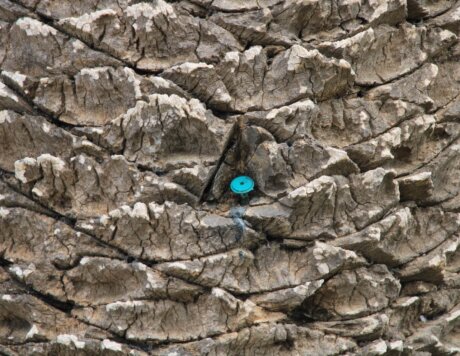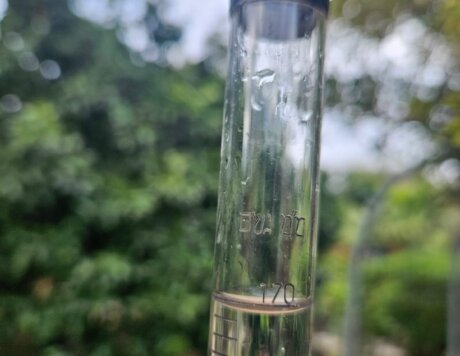Orit Kasher, director of the therapeutic garden at Ramat Hanadiv, introduces me to Chananya Klein and Chaim Fried, who agreed to take a break from their work and tell me about their activities in the therapeutic garden and their special connection to it. Both are pensioners, suffer from Parkinson’s disease and are loyal garden workers.
Chananya Klein (70) came here a year and a half ago, encouraged by his son and wife who were searching for a therapeutic approach in which he could enjoy working despite the disabilities associated with his disease. “Thanks to my wife I am here; she is the one who pushed me into it and I feel her here with me all the time, although she’s no longer with me; she died five months after I arrived here”. Gardening is not foreign to Chananya; in the past he managed the City Beautification Department of the Herzliya Municipality, but even so he finds significant differences between municipal gardening and this work. “Here I realized that man is a tree of the field. If I behave like a tree of the field, I’ll be a man. It’s very different from municipal gardening, even the complete opposite. Through the plants I began to become familiar with man, how to look after a plant and how it looks after me. The garden and I are stuck to each other. I don’t pass up on any Monday here. For example, today I passed up on an urgent appointment that was made for me with a medical specialist. Here is my corner, my group and everything here has become a part of me. I have a very well-kept garden at home and I see the continuation between the garden and home and the garden here”.
Chaim Fried has already been coming here for the last five years. He comes with his wife Tamar. Both of them are 82. He is a farmer from Pardes Hana and she is a professional gardener, a graduate of the Horticulture School and a counselor for immigrant youth. “This is my little piece of G-d”, Chaim tells me. We brought the whole family here – children, grandchildren, to see what we are doing here. We wait impatiently for our Mondays here. Both of us are garden-lovers, and when we are here we feel like we’re in the gardens of Europe. The difference is that here we are locals, not tourists. We come with our simple secateurs from home, and enjoy work that brings moments of quiet and detachment. Important moments for the soul”


